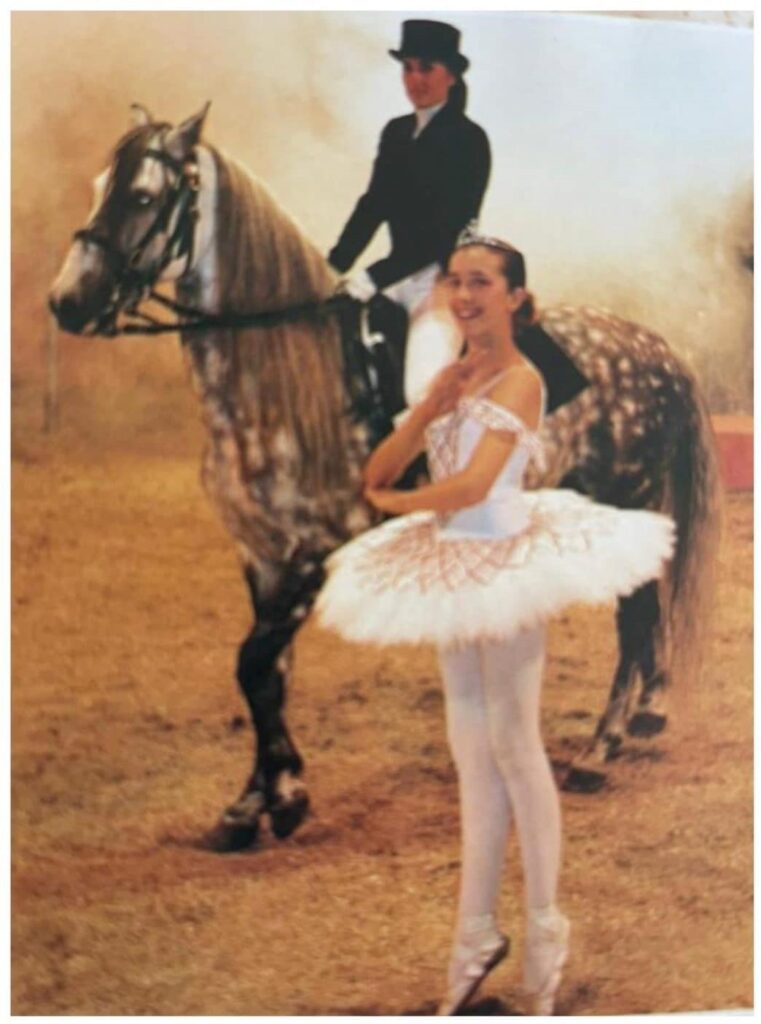To quote the great master of American popular music, Cole Porter, “Birds do it, Bees do it …”.
Porter was writing of love, but today we are talking of dance. Whether the ornate physical displays of Bird of Paradise males seeking prospective partners, or the intricate waggle dance of the Bees displaying pathways to their peers towards new hives or rich sources of pollen, there is dance. Beyond the birds and bees, what of the Stallion’s proud display? Or what of us?
Steven Lonsdale, in his book “Animals and the Origins of Dance” (Thames and Hudson, 1982) explored the idea of the origins of human dance laying within the natural world. He cites numerous examples to illustrate how dance owes its origin and development to human imitation of animal movement or display, be they mammals, reptiles, amphibians, fish, birds, and even invertebrates.
Life is a dance
Yet all life is a dance, it does not have to be a simulacrum of some other being in motion, and there does not have to be music. The life of the social animal is a perpetual dance, the physical manifestation of neuroscience’s move toward/move away choice. A social exchange that is forever a balance of approach and retreat. Our dances are without a spoken word, but rich in language. Like all movement it is a communication of intention, and our brains are wired to understand it. The social brain is forever working out what others intend, and in its embodied form it is forever responding.
Science is getting into step as well, Kelly McGonigal in “The Joy of Movement” (Avery, 2019) writes of the power of moving and exercising together, it’s positive effect on neurochemistry, and so on our Physical and Mental wellbeing. Further, natural world scientists and writers such as Franz De Waal and Carl Safina are openly celebrating how empathy and intention reach beyond the previously perceived “hard boundaries” between species.
This constant and connected social dance is well embraced in the work that Aikido master Paul Linden calls Embodied Peace-making. The unconscious harmony that our body seeks with those bodies around it. The subtle everyday sympathetic connection, the unconscious art of avoiding conflict.
The horse as our partner
Around horses there is also a dance. The same sensitivity to another needs to be engaged if we are to be effective in our interactions with them.
In Equine Facilitated Interactions, we are in effect learning the dance. We are learning to embrace the subtle pleasure of two beings in motion, losing ourselves in the harmony of togetherness. In movement we are in the moment, our minds at one with our bodies; our body at one with the horse’s.
Through the honesty of this connection with the horse we engage an authenticity within ourselves. It is in these shared moments of movement we might let go of anxiety’s chains or step forward beyond some blockage that suspends the progress of our lives.
It is in this connection, and the harmony that flows from it, that we reawaken the oneness of mind and body. Connecting ourselves back to ourselves, through our connection with a horse. Realtime feedback shows us that we can be different and thus enlightened we have a choice. A choice which offers us difference or change.
Whether in a tutu or some other outfit, the dance returns us to an embodied authenticity, as we gently align the rhythm of our movement with the horse’s. It is in this space that we are presented with the means by which we might heal ourselves, or learn, or grow more resilient.
So, like the birds, like the bees, let’s do it. Let’s do it, let’s dance.


Note to photograph
The photograph attached to this blog are thirty years old and were taken of Jennifer when her life was focused on dance. Interestingly, it served as a change of life moment, shifting her focus towards recognising the horse as a sentient being. Every life is a journey and this was a key moment in hers.

